Tinker & Estes Lab and Santa Cruz Field Station
| Home |
| Current Research |
| Graduate Students / Post Docs |
| Biologists / Technicians |
| Interns / Volunteers |
| Publications |
| Links |
| Our ftp site |
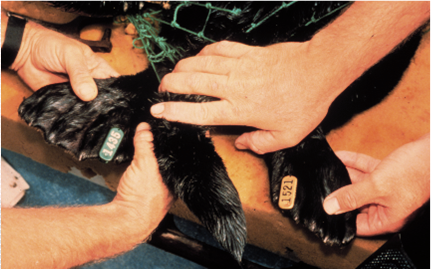
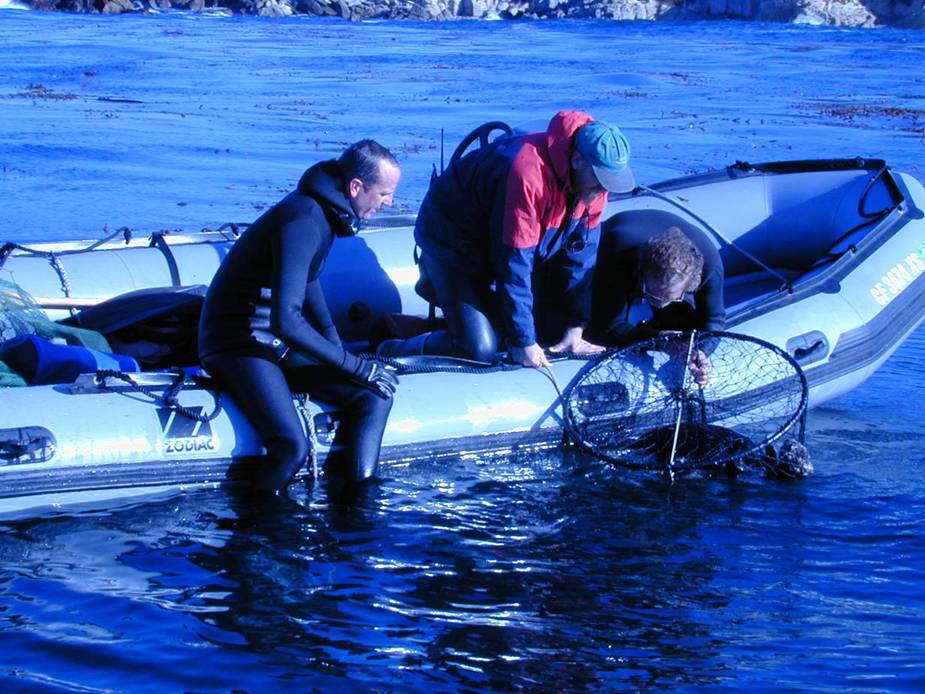
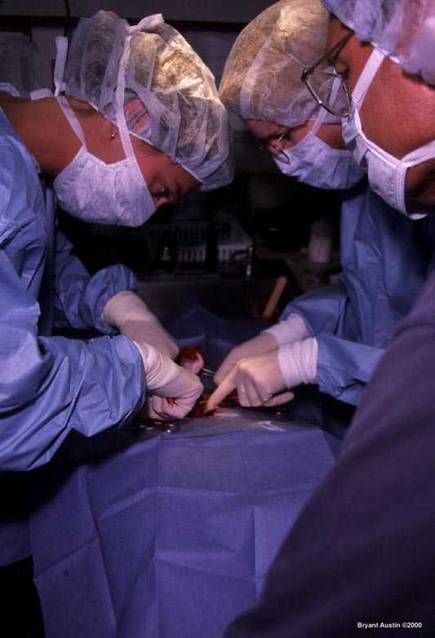
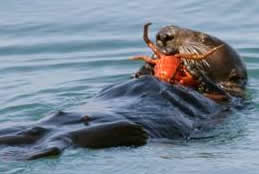
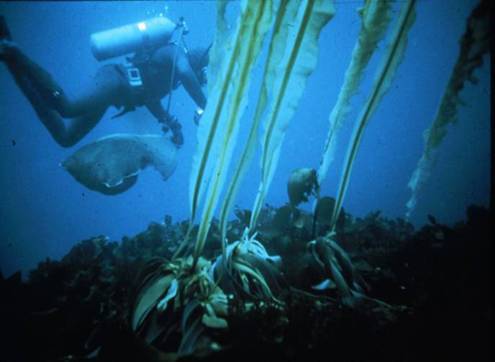
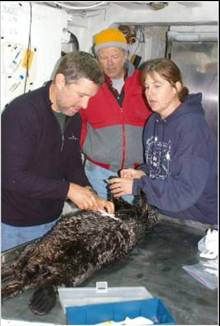
Dynamics of infectious disease in near-shore marine environment How do pathogen pollution and disease dynamics affect marine mammals in coastal California ecosystems? |
|
 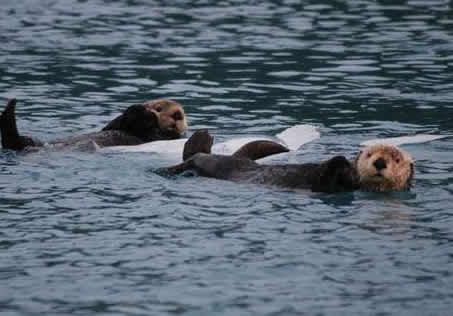  |
|
|
The southern sea otter is a keystone species in kelp forest communities, acting to increase the species diversity and providing ecosystem services. Despite federal protection since 1977, the southern sea otter population has struggled to recover and there are only an estimated 2,800 sea otters in California. A major factor contributing to the stagnant population growth rate is disease-related mortality in prime-aged adult sea otters. Infection with T. gondii has played a huge role in this mortality. Sea otters serve as the perfect sentinel for detection of coastal pathogen pollution because adult females are site-specific and otters consume some of the same food (e.g. abalone, mussels, clams) as humans.
|
Contact Us: USGS Santa Cruz Field Station - 100 Shaffer Road - Center for Ocean Health - Room 251 - Santa Cruz, CA 95060 - 831 459-2357